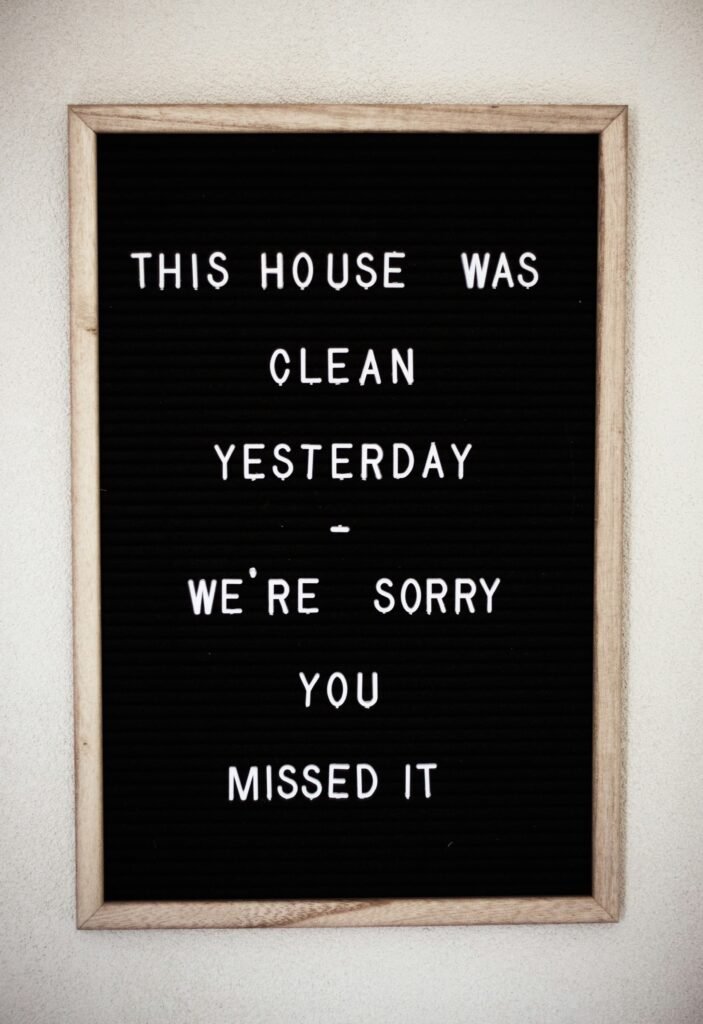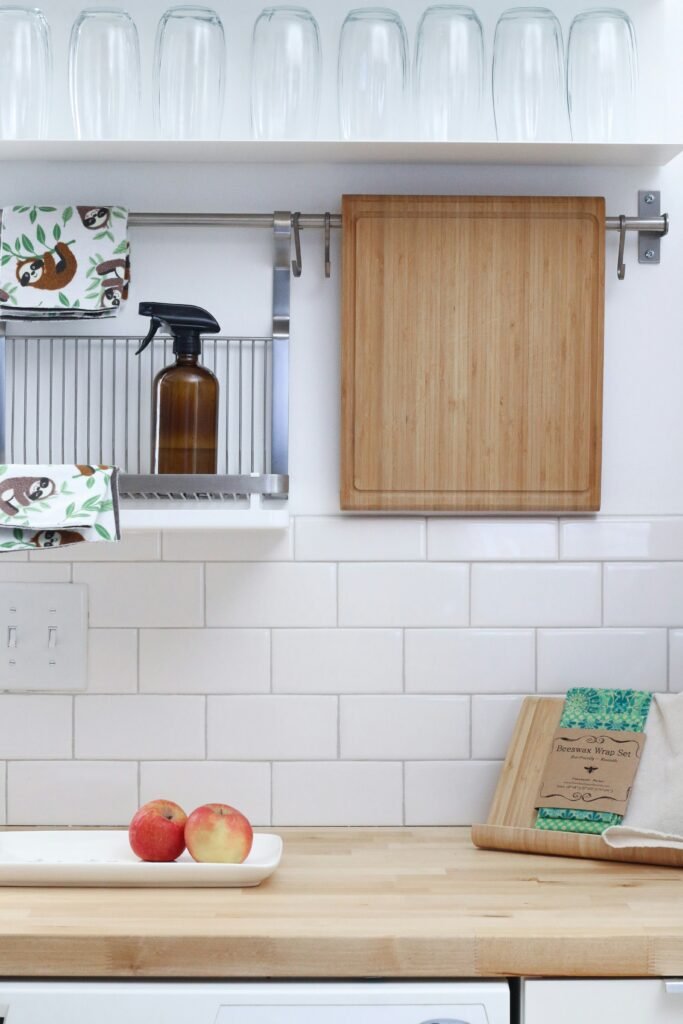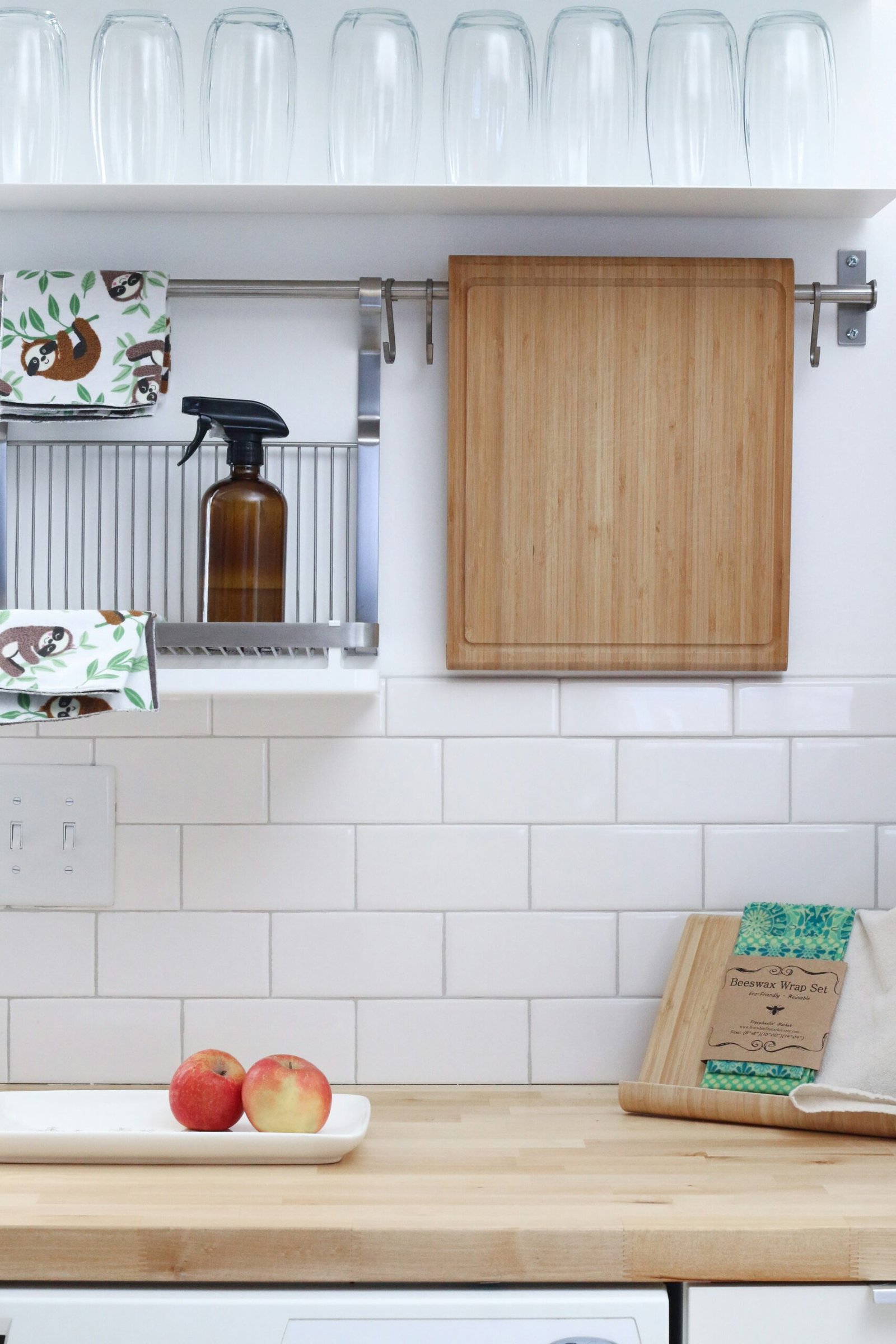If you’re a leather wallet enthusiast, you know how important it is to keep your prized possession in top-notch condition. But with so many suggestions and tips out there, it’s easy to feel overwhelmed and unsure of what exactly you should and shouldn’t do. That’s why we’re here to help! In this article, we’ll walk you through the essential do’s and don’ts of cleaning and caring for leather wallets, ensuring that your wallet remains a stylish and durable companion for years to come.
Choosing the Right Cleaning Products

This image is property of images.unsplash.com.
Read Labels and Instructions
When it comes to cleaning your leather wallet, the first step is to carefully read the labels and instructions on the cleaning products you intend to use. Different leather types may require different cleaning methods and products. For example, full-grain leather may require a specific cleaner, while suede leather may need a different approach. By taking the time to read the labels and instructions, you can ensure that you choose the right products for your specific wallet.
Use Mild and pH-balanced Cleaners
Leather is a natural material that can be sensitive to harsh chemicals. It is important to avoid using cleaning products that contain strong and abrasive chemicals. Instead, opt for mild and pH-balanced cleaners that are specifically designed for leather. These cleaners are gentle enough to remove dirt and grime without damaging the leather’s natural properties. Using mild and pH-balanced cleaners will help to maintain the integrity and longevity of your leather wallet.
Avoid Harsh Chemicals
While it may be tempting to use household cleaners or other harsh chemicals to clean your leather wallet, it is best to avoid them altogether. Harsh chemicals can strip away the natural oils and pigments of the leather, leading to dryness, cracking, and discoloration. Instead, stick to cleaners that are specifically formulated for leather. By using gentle and specialized products, you can ensure that your wallet stays in great condition for years to come.
Preventing Stains and Spills
Avoid Overstuffing Your Wallet
One of the best ways to prevent stains and spills on your leather wallet is to avoid overstuffing it. When your wallet is packed to its maximum capacity, it becomes more prone to accidental spills and stains. The pressure from overcrowding can cause items inside the wallet to leak or seep onto the leather surface. To prevent this, be mindful of what you carry in your wallet and avoid stuffing it with unnecessary items.
Keep Away from Liquids and Greasy Substances
To keep your leather wallet in pristine condition, it is important to keep it away from liquids and greasy substances. Liquid spills can lead to stains and discoloration, while greasy substances can easily seep into the leather and cause damage. If your wallet does come into contact with any liquid or greasy substance, make sure to clean it immediately following the steps outlined in the following sections.
Avoid Direct Exposure to Sunlight
Sunlight can be detrimental to leather, causing it to fade and become brittle over time. To prevent your wallet from succumbing to the damaging effects of sunlight, it is important to avoid direct exposure. When not in use, store your wallet in a cool and dry place, preferably in a dust bag or cover. This will not only protect it from sunlight but also from dust and other potential sources of damage.
Regular Maintenance
Clean Your Wallet Weekly
Regular maintenance is essential to keep your leather wallet looking its best. Set aside some time each week to clean your wallet and remove any accumulated dirt and dust. This will help prevent dirt from becoming embedded in the leather, which can lead to discoloration and premature aging. By committing to a weekly cleaning routine, you can ensure that your wallet stays in optimal condition for a longer period of time.
Use a Soft, Damp Cloth to Wipe Off Dirt and Dust
When cleaning your leather wallet, it is important to use a soft, damp cloth to wipe off dirt and dust. Avoid using abrasive materials or scrubbing too hard, as this can damage the leather’s delicate surface. Gently wipe the surface of your wallet with the damp cloth, making sure to reach into any crevices or folds. This will help remove any surface dirt and refresh the appearance of your wallet.

This image is property of images.unsplash.com.
Condition Your Wallet Monthly
In addition to regular cleaning, it is important to condition your leather wallet on a monthly basis. Conditioning helps replenish the natural oils and moisture that may have been lost over time, keeping the leather soft and supple. Apply a small amount of leather conditioner to a soft cloth and gently rub it into the leather surface. Allow the conditioner to be absorbed by the leather, and then buff off any excess with a clean cloth. Conditioning your wallet regularly will help to maintain its original beauty and prevent it from drying out.
Removing Stains
Act Promptly
When it comes to removing stains from your leather wallet, acting promptly is key. The longer a stain sits on the leather, the more difficult it becomes to remove. As soon as you notice a stain, take immediate action and follow the steps below to effectively remove it. By addressing stains promptly, you increase the chances of successfully removing them without causing further damage to the leather.
Blot Spills with a Clean Cloth
If your leather wallet encounters a spill, it is important to blot the affected area with a clean cloth immediately. Do not rub the stain, as this can spread it and cause further damage. Instead, gently press the cloth onto the stain to absorb as much liquid as possible. Continue blotting until no more liquid transfers onto the cloth. This will prevent the spill from seeping further into the leather and minimize the risk of a permanent stain.
Use Leather-specific Stain Removers
When dealing with stubborn stains on your leather wallet, it is recommended to use leather-specific stain removers. These products are specifically formulated to target and remove various types of stains without damaging the leather. Before applying the stain remover, test it on a small, inconspicuous area of your wallet to ensure that it does not cause any unwanted effects. Follow the instructions provided with the stain remover and gently work the product into the stain using a clean cloth or sponge. Once the stain is removed, make sure to clean the area with a damp cloth to remove any residue from the stain remover.
Dealing with Ink Stains
Test a Small, Inconspicuous Area First
Ink stains can be particularly challenging to remove from leather, and it is important to proceed with caution. Before attempting to remove an ink stain from your leather wallet, test the cleaning method on a small, inconspicuous area first. This will help you determine if the cleaning method is safe to use on your specific leather type and if it will cause any undesirable effects.
Apply a Small Amount of Rubbing Alcohol
Rubbing alcohol can be an effective solution for removing ink stains from leather. Apply a small amount of rubbing alcohol to a clean cloth or cotton swab, and gently dab it onto the ink stain. Avoid rubbing the stain, as this can cause it to spread. Instead, focus on blotting the ink to lift it from the leather surface. Continue this process until the ink stain is no longer visible.
Gently Blot the Stain
After applying the rubbing alcohol, gently blot the stain with a clean cloth to remove any excess liquid. This will help to prevent the ink and alcohol from further penetrating the leather. Once the stain is removed, make sure to clean the area with a damp cloth to remove any residue from the alcohol. Finally, condition the leather as mentioned earlier to restore its moisture and prevent any drying out.
Preventing and Treating Mold
Store Your Wallet in a Cool, Dry Place
Mold thrives in damp and humid environments, making it important to store your leather wallet in a cool and dry place. Avoid storing it in areas such as bathrooms or basements where moisture levels can be high. Instead, choose a location that is well-ventilated and has a consistent temperature. This will help prevent mold from growing on your wallet and maintain its structural integrity.

This image is property of images.unsplash.com.
Clean Your Wallet with a Mild Soap Solution
If you notice mold growth on your leather wallet, it is crucial to take immediate action. Start by cleaning the affected area with a mild soap solution. Fill a bowl with warm water and add a small amount of mild soap. Dip a clean cloth into the solution, wring out any excess moisture, and gently wipe the affected area. Do not saturate the leather or use excessive water, as this can cause further damage. Once cleaned, allow the wallet to air dry away from direct sunlight or heat sources.
Use a Leather Mold Remover Solution
In cases where mold growth is severe or persistent, using a leather mold remover solution may be necessary. These solutions are specifically designed to kill mold and prevent its regrowth on leather surfaces. Follow the instructions provided with the mold remover and apply it to the affected area of your wallet. Allow the solution to work for the recommended amount of time, and then wipe it off with a clean cloth. Afterward, condition the leather to restore its natural moisture and prevent any drying.
Avoid Rough Handling
Do Not Scrub or Rub Excessively
When cleaning or treating your leather wallet, it is important to avoid rough handling. Scrubbing or rubbing the leather excessively can cause it to become scratched, scuffed, or even torn. Instead, use gentle and deliberate motions when cleaning or treating your wallet. Treat the leather with care to ensure that it remains in optimal condition.
Handle with Clean Hands
To prevent unnecessary dirt and oils from transferring onto your leather wallet, always handle it with clean hands. Before touching your wallet, make sure to wash and dry your hands thoroughly to remove any dirt, oils, or residues. This simple practice will help to keep your wallet clean and prevent any unnecessary damage caused by dirt or oils.
Avoid Contact with Sharp Objects
When using or storing your leather wallet, be mindful to avoid contact with sharp objects. Keys, pens, or other sharp items can accidentally scratch or pierce the leather, causing irreversible damage. Keep your wallet in a designated pocket or compartment within your bag or purse to minimize the risk of contact with sharp objects. Additionally, be cautious when using your wallet near surfaces that may have sharp edges.
Proper Storage
Avoid Overstuffing Your Wallet
Proper storage of your leather wallet is essential for maintaining its shape and condition. Avoid overstuffing your wallet with unnecessary items, as this can cause it to become misshapen and stretched. Opt for carrying only the essentials and periodically declutter your wallet to ensure it remains slim and compact. By avoiding overstuffing, you will help preserve the structural integrity of your wallet.
Use a Dust Bag or Cover
To protect your leather wallet from dust, dirt, and potential scratches, consider using a dust bag or cover. Leather-specific dust bags or soft, breathable cloth covers are ideal for storing your wallet when not in use. These protective accessories help to maintain the wallet’s appearance and prevent any potential damage that may occur from contact with other items.
Keep Away from Extreme Temperatures
Extreme temperatures can have a negative impact on the quality and longevity of leather. Avoid exposing your wallet to excessive heat or cold, as this can cause the leather to crack, dry out, or become discolored. Store your wallet in a location with a consistent and moderate temperature to ensure its longevity and prevent any potential damage caused by extreme weather conditions.
Should You Oil Your Leather Wallet?
Consider the Leather Type
The decision to oil your leather wallet depends on the type of leather it is made from. Some leather types, such as full-grain or vegetable-tanned leather, benefit from occasional oiling to maintain their suppleness and luster. On the other hand, certain leather types, like suede or patent leather, should not be oiled as it can cause irreversible damage. Therefore, it is essential to consider the specific leather type of your wallet before deciding to apply any oils.
Use Leather Conditioner Instead
For most leather wallets, using a leather conditioner is a safer and more appropriate option than using heavy oils. Leather conditioners are specifically formulated to nourish and moisturize the leather without leaving a greasy residue. They help to restore the natural oils and keep the leather soft and supple. Apply a small amount of leather conditioner to a soft cloth and gently rub it into the leather surface. Allow the conditioner to be absorbed by the leather, and then buff off any excess with a clean cloth. This regular conditioning will help maintain the integrity of your wallet without the risks associated with using heavy oils.
Avoid Using Heavy Oils
While some leather types may benefit from oiling, it is crucial to avoid using heavy oils on your leather wallet. Heavy oils, such as motor oil or cooking oils, can clog the pores of the leather and make it greasy or even cause it to deteriorate. These oils can also attract dirt and dust, leading to a dirty and stained appearance. Stick to using leather-specific conditioners and avoid using heavy oils, as they can do more harm than good to your leather wallet.
When to Seek Professional Help
Deep Stains and Serious Damage
If your leather wallet has deep or stubborn stains that you cannot remove on your own, it may be time to seek professional help. Leather cleaning professionals have the knowledge and experience to effectively remove difficult stains without causing further damage to the leather. Deep stains that have penetrated the surface or serious damage, such as tears or extensive discoloration, are best left in the hands of experts who can provide appropriate restoration services.
Fading or Discoloration
Fading or discoloration of leather can occur over time due to prolonged exposure to sunlight, moisture, or certain cleaning methods. If your leather wallet has experienced significant fading or discoloration, consulting with a professional leather cleaner is advisable. They can assess the extent of the damage and provide appropriate treatments to restore the color and appearance of your wallet.
Expert Leather Cleaning and Restoration
If you are unsure about how to properly clean or treat your leather wallet, or if your wallet requires extensive cleaning or restoration, it is best to consult with a professional leather cleaner. These experts have the necessary skills and tools to handle a wide range of leather cleaning and restoration tasks. By entrusting your leather wallet to professionals, you can ensure that it receives the highest quality care and attention, resulting in a wallet that looks and feels as good as new.
In conclusion, caring for your leather wallet involves choosing the right cleaning products, preventing stains and spills, practicing regular maintenance, and employing proper cleaning and treatment techniques. By following these guidelines, you can extend the lifespan of your leather wallet and keep it looking its best. Remember, a little time and effort invested in proper care will go a long way in preserving the beauty and durability of your leather wallet.
